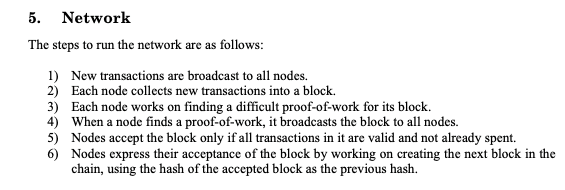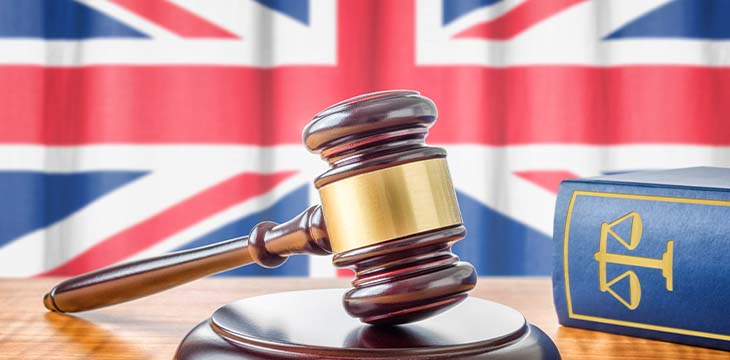|
Getting your Trinity Audio player ready...
|
A new bill introduced to U.K. parliament will make it easier for law enforcement to seize, freeze, and recover digital currencies and “crypto assets.”
The Economic Crime and Corporate Transparency Bill will also make it easier for law enforcement agencies to compel businesses to hand over information related to suspected money laundering and terrorist financing. Naturally, this will include digital currency exchanges and other related companies.
The bill saw its first reading in the House of Commons last week, with the second reading scheduled to take place on October 13.
Bitcoin and digital currencies can be seized, frozen, and recovered
While the new bill is broad in scope and covers more than just digital currencies, it will have huge implications for the digital currency and blockchain industries in the country.
While law enforcement in the U.K. will most likely begin by ordering exchanges and hosted wallet providers to seize, freeze, and hand over digital assets linked to suspected financial crimes, the truth is that, despite rhetoric to the contrary, Bitcoin was always designed with this in mind.
“Imagine if gold turned to lead when stolen. If the thief gives it back, it turns to gold again”
Satoshi Nakamoto explained the magic of programmable money for the first time in history ✨ pic.twitter.com/AnTEbOm6Yb
— Documenting ₿itcoin 📄 (@DocumentingBTC) August 11, 2022
While BTC advocates have portrayed it as a censorship-resistant, untraceable “cryptocurrency” that can be used to break the law with impunity, the exact opposite is true. Bitcoin is fully traceable and was designed from day one to comply with all existing financial regulations. This is why Silk Road boss Ross Ulbricht was brought to justice and why countless other criminals who used Bitcoin have faced the same fate.
To understand how this is possible, it’s necessary to know how Satoshi Nakamoto designed his system and how he defined Bitcoin nodes. In section five of his Bitcoin white paper, Satoshi told us that Bitcoin nodes build blocks and engage in proof-of-work. In other words, miners are nodes.

At scale, miners are identifiable because they consume electricity to power their operations. This is by design and is one of the reasons why proof-of-work is essential.
By contrast, there is no immediate way to identify large validators in proof-of-stake systems. When you can determine the main nodes, you can serve them with court orders to compel them to seize, freeze, and return digital currencies and tokens. This will be proven in court in the not-too-distant future.
Watch: The BSV Global Blockchain Convention panel, Blockchain for Government Data & Applications

 01-07-2026
01-07-2026 




